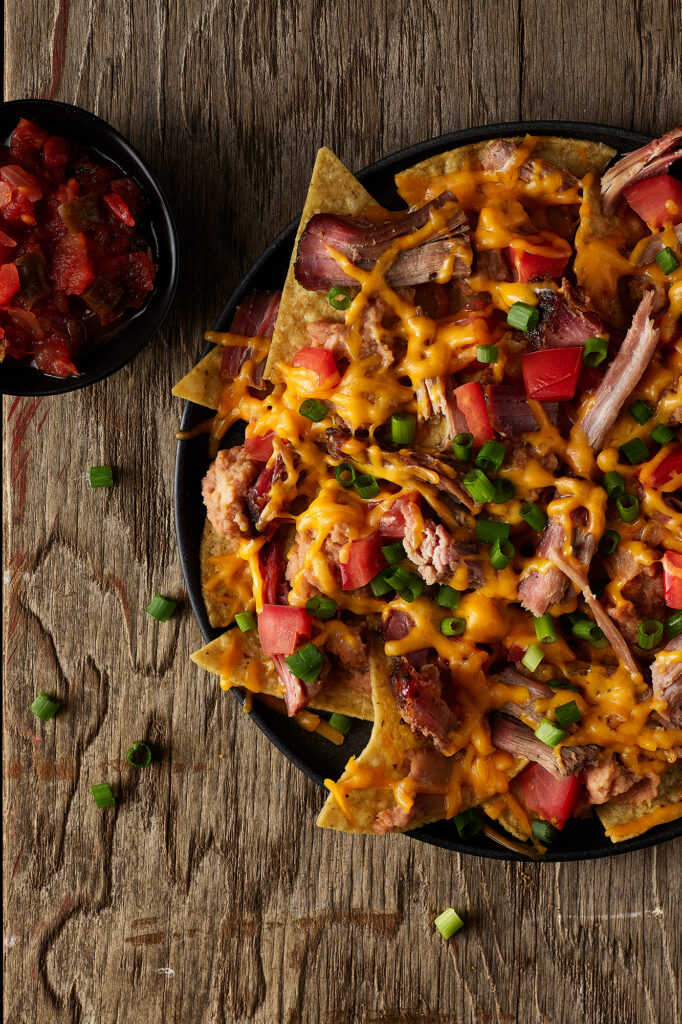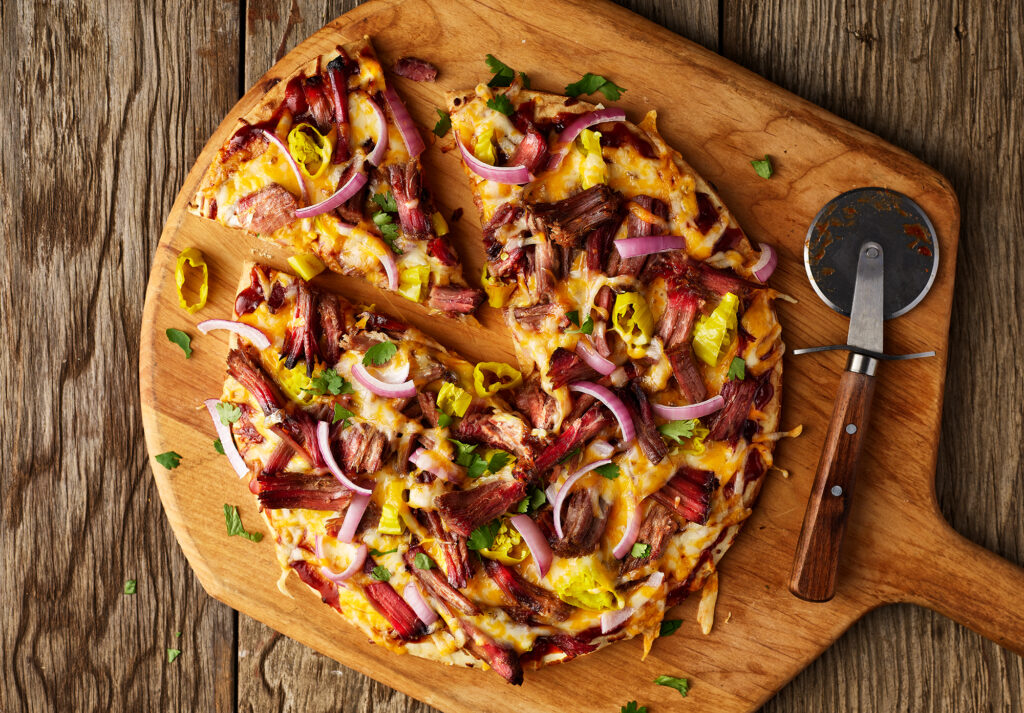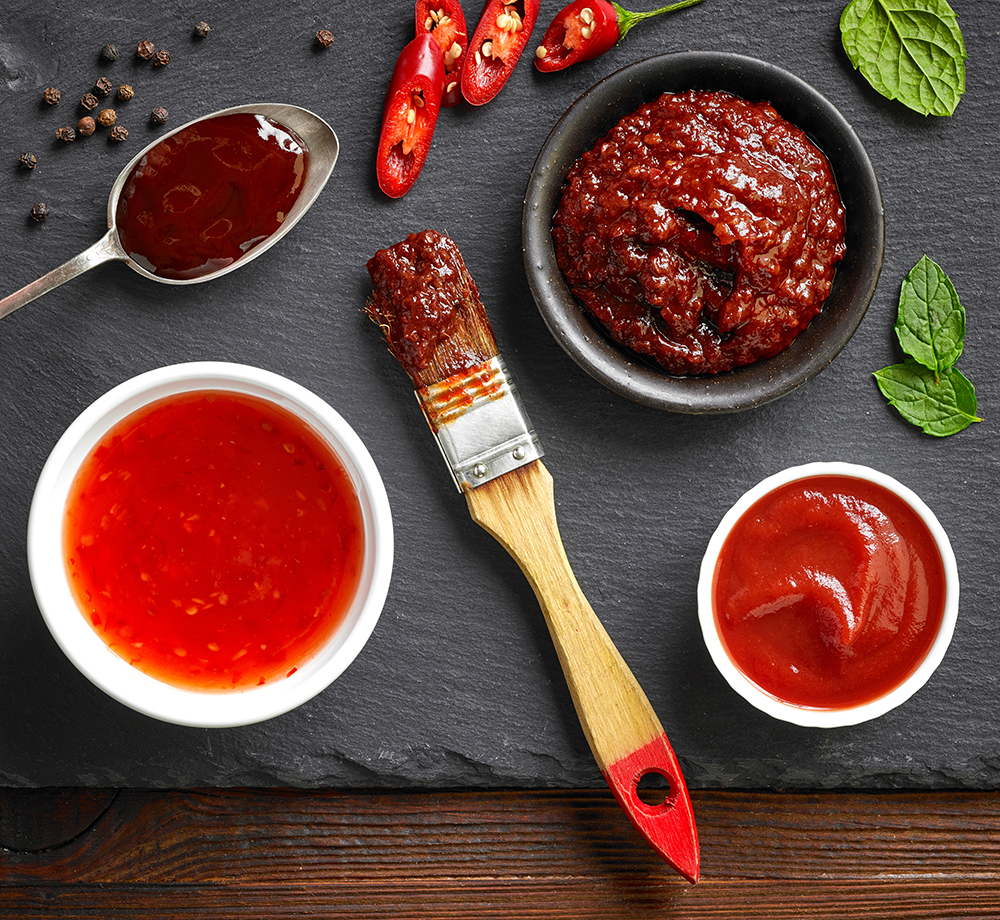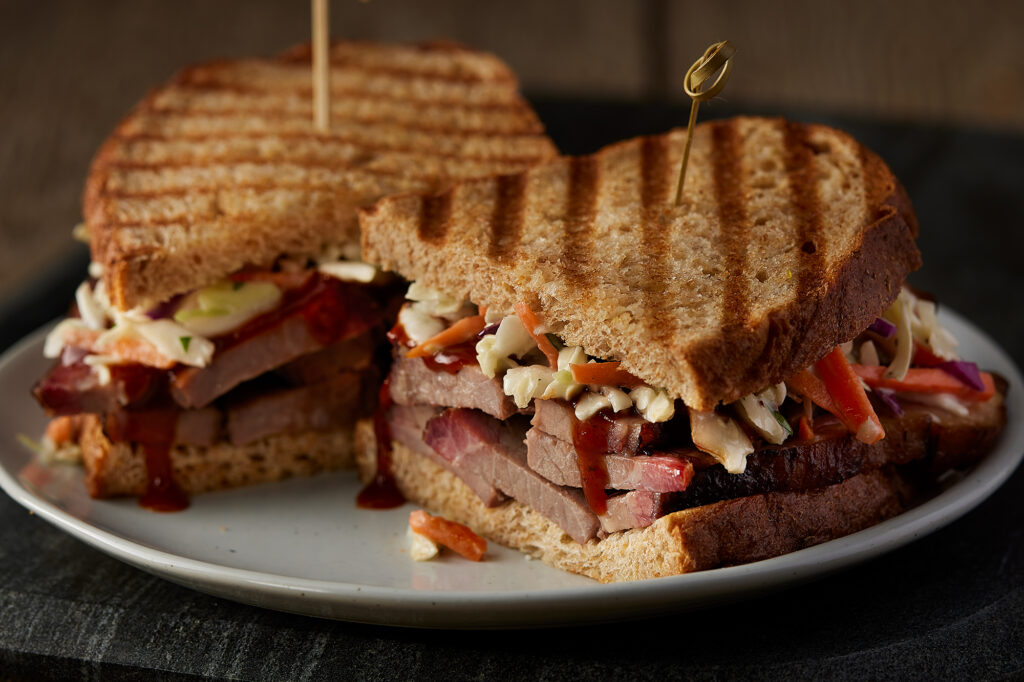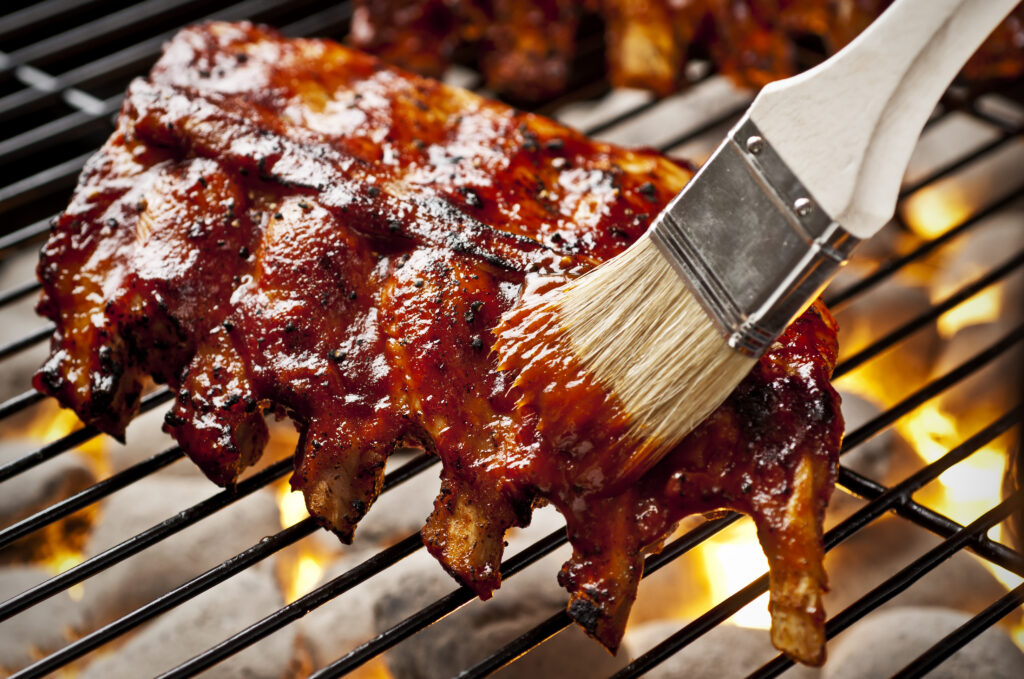The Future is Here
What To Know About Foodservice Automation
Automation in the foodservice industry was once a futuristic idea. These days, replacing human labor with automated solutions is more commonplace1, although maybe not in the ways we once expected.
The pandemic taught us that even simple technology — think QR codes and ordering apps — can make a big difference when it comes to labor constraints. What’s also interesting is the response to this contactless way of dining. Many people like it. And some even prefer it.
So, what does this mean for our industry? More importantly, what opportunities does it create for you? We took a deeper look into the world of foodservice automation and discovered some interesting ideas. Below is our topline take on this timely topic.

Automation can take on many forms when it comes to foodservice. Everything from taking orders and preparing meals to delivering food to your guests. What we’ll be talking about here is the rise of ordering kiosks, phone apps and QR code menus2.
We’ll also touch upon the current state of back of house automation. It’s been hugely successful in helping with simple and repetitive tasks2, but no space-age robots serving food or cooking things up in the kitchen — at least not yet.



As you’ve probably gathered, automation and tech can be key to improving operations. 31% of restaurants report being short staffed for two consecutive years1. The way diners continue to return in full force only makes the ongoing labor shortage more pronounced3. Simply put, there’s never been a greater need to help your staff work more efficiently, and the adoption of automated ordering and payment options is the perfect place to start (if you haven’t already).
Self-order kiosks not only free up staff, they can make the dining experience more convenient for your diners — shorter wait times, better order accuracy and the opportunity for more menu customization4. Kiosks can also result in increased ticket sizes thanks to a full screen of selling opportunities. In fact, one of America’s largest fast food chains reported a 30% increase in orders placed on kiosks over those taken by employees4.
Smartphone ordering apps are another effective automation option to consider. This kiosk-in-your-pocket solution can be more cost effective and easily adopted by restaurant operators5. Custom-built physical kiosks often require training, maintenance and upkeep that smartphone apps don’t5. It’s also important to note that, in a post-pandemic world, consumers have become more reluctant to use public screens for fear of contamination and the spreading of viruses5.
Back-of-house automation has come a long way and can make a big difference when it comes to time-consuming and low-skill tasks (flipping burgers, mixing spices, operating fryers and keeping ingredient portions uniform)2. The bigger news here is that 95% percent of restaurateurs say that increased automation for back-of-house operations would free up more time for more important tasks, and 38% (38%!) are planning on automating operational activities1.

There’s no denying that Gen Z’s tech-driven lifestyle is changing the restaurant experience. And now’s the time to embrace those changes to stay competitive and remain a viable dining option for younger consumers.
Does that mean the end of traditional wait staff? Hardly. But more than half of Gen Z diners say they prefer sitting down at restaurants that allow them to order and pay through tableside tablets6. For them, it’s all about fast and convenient options that put them in the driver’s seat as often as possible6.

What’s interesting to us is that automated ordering is popular well beyond Gen Z. 61% percent of consumers overall prefer to use a kiosk to order food at fast-food restaurants, and 66% said they prefer automation over live staff in at least one aspect of their experience1.
Knowing that the pandemic forced people to order pretty much everything online or through an app, this makes total sense. Today’s diners are accustomed to having more control over the ordering process. They can get what they want, how they want it and at their own pace. And that’s not likely to change.
For you, implementing more automated options in dine-in areas will be key to attracting more customers. To help bridge this update to restaurant culture, you might want to offer a balance of traditional server options. Technology has introduced an even bigger gap among generations, and depending on your clientele, there is no one-size-fits-all solution when it comes to dining preferences.
WHERE WE COME IN
Admittedly, Heritage Premium Meats is not a robotics and technology expert, but we do understand a thing or two about navigating labor challenges and cooking up protein solutions that draw diners in.
All of our premium offerings are fully cooked and meticulously crafted, saving you time and labor. Think Texas-style, pit-smoked brisket that was smoked over real hardwoods by seasoned pit masters. That rich smokiness feeds right into the bold and adventurous flavor preferences so many consumers crave.
If you’d like to see how our premium proteins can be game changers during a labor shortage
or how our unique thinking can turn your business problems into opportunities, please get in touch.
LET’S CHAT

Who is Heritage Premium Meats?
Born to two legacy brands, Heritage Premium Meats is a distinguished collective built on listening, collaborating and sharing ideas that solve real business problems. We offer authentically crafted protein solutions that are rooted in tradition and ready for the future.
For you, that means getting exactly what you need, just the way you want it. Whether it’s a private label product or flavor that’s uniquely yours, you can let your imagination lead the way when you partner with us. Because together, anything is possible.
1Square, Top Restaurant Trends, 2023
2Webstaurant, Restaurant Automation, 2022
3Michelin Guide, 5 Restaurant Trends For 2023
4Shoocal, Self-Order Kiosks, 2022
5Brizo FoodMetrics, 10 Food Industry Trends, 2023
6Peddlers Son, How Gen Z is Changing Restaurant Industry, 2023
